Listen to an audio story from Annenberg Radio News
Proposition D would shut down more than 90 percent of the city’s marijuana dispensaries and put new regulations on the industry and tax sales of the drug
Councilman Bill Rosendahl uses medical marijuana to treat his cancer.
“I can tell you from a health stand point, I would not be alive,” he said, “I would not be standing here right now if it wasn’t for the medicinal use of marijuana. D means life.” [Read more…]









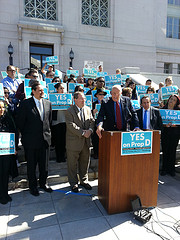
 Attorney Leo Terrell filed a lawsuit in federal court on behalf of residents in the 8th, 9th and 10th Council Districts, alleging that city officials used race as the basis for redrawing boundary lines for those districts.
Attorney Leo Terrell filed a lawsuit in federal court on behalf of residents in the 8th, 9th and 10th Council Districts, alleging that city officials used race as the basis for redrawing boundary lines for those districts.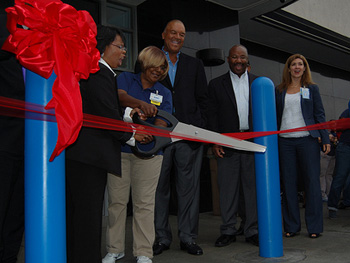

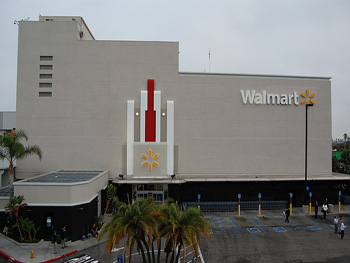 Local business owners weren’t as concerned about the Walmart as they were with the fact that people just aren’t buying groceries as much as they are eating out.
Local business owners weren’t as concerned about the Walmart as they were with the fact that people just aren’t buying groceries as much as they are eating out.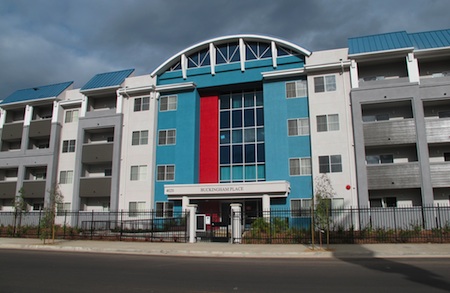
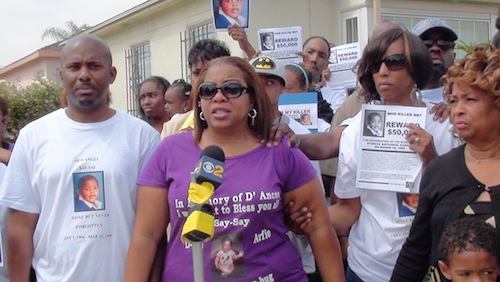
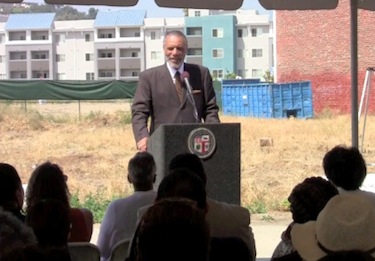 Councilmember Bernard C. Parks proudly announced yesterday during an on-site press conference that Kaiser Permanente will be moving in to the current empty lot.
Councilmember Bernard C. Parks proudly announced yesterday during an on-site press conference that Kaiser Permanente will be moving in to the current empty lot.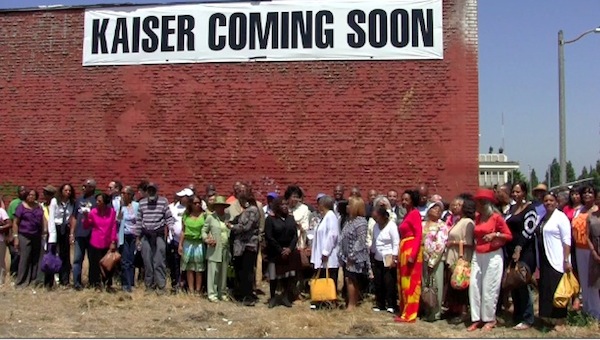
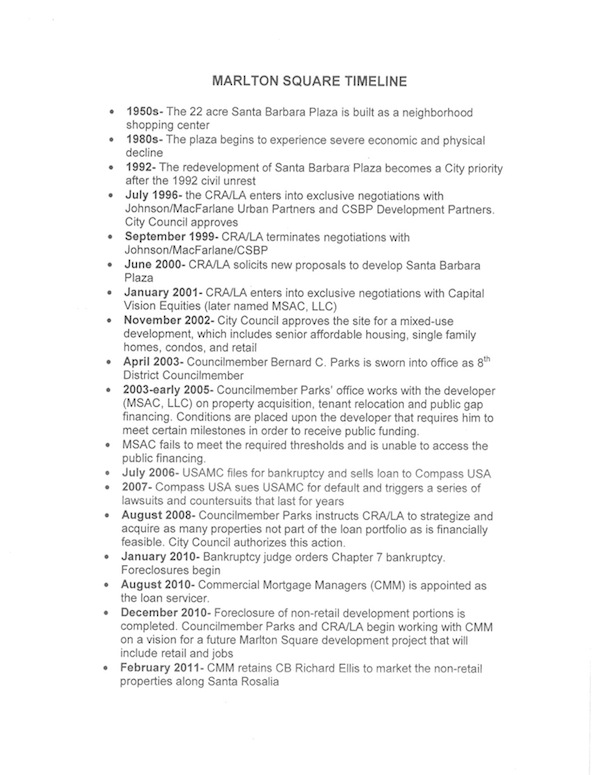
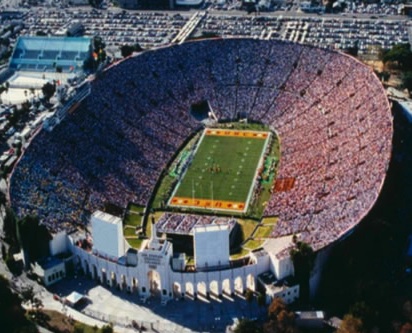 With a vote of 8-1, the Los Angeles Memorial Coliseum Commission today approved a lease agreement with the University of Southern California that will give the university control of day-to-day operations of the stadium and neighboring Sports Arena for as long as 42 years.
With a vote of 8-1, the Los Angeles Memorial Coliseum Commission today approved a lease agreement with the University of Southern California that will give the university control of day-to-day operations of the stadium and neighboring Sports Arena for as long as 42 years.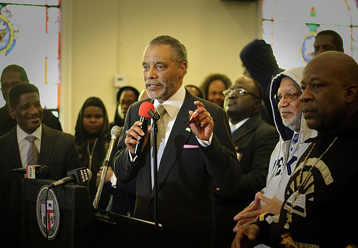 But Eighth District Councilman Bernard Parks urged respect for the legal process.
But Eighth District Councilman Bernard Parks urged respect for the legal process.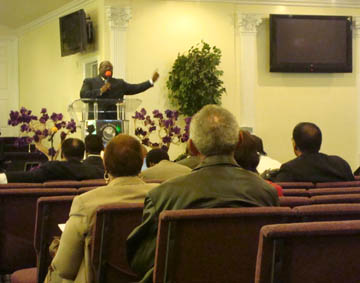 Members of the Baptist Minister’s Conference gathered together Monday to pray and oppose the injustices of 17-year old Trayvon Martin’s murder, who was shot dead last month while unarmed in Sanford, Florida.
Members of the Baptist Minister’s Conference gathered together Monday to pray and oppose the injustices of 17-year old Trayvon Martin’s murder, who was shot dead last month while unarmed in Sanford, Florida. Hundreds of furious South LA residents attended today’s Los Angeles City Council meeting to protest the proposed redistricting map they believe would weaken the influence of African Americans and severely disrupt their community.
Hundreds of furious South LA residents attended today’s Los Angeles City Council meeting to protest the proposed redistricting map they believe would weaken the influence of African Americans and severely disrupt their community.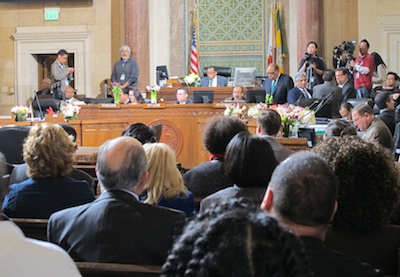 Despite the contentious public testimony, the City Council approved the map with new boundaries for the 15 council districts.
Despite the contentious public testimony, the City Council approved the map with new boundaries for the 15 council districts.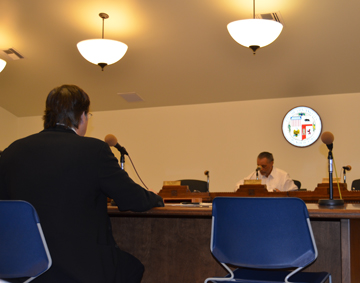 One thing was clear after Thursday night’s special city council committee meeting: the neighborhood councils need change. And fast.
One thing was clear after Thursday night’s special city council committee meeting: the neighborhood councils need change. And fast.




